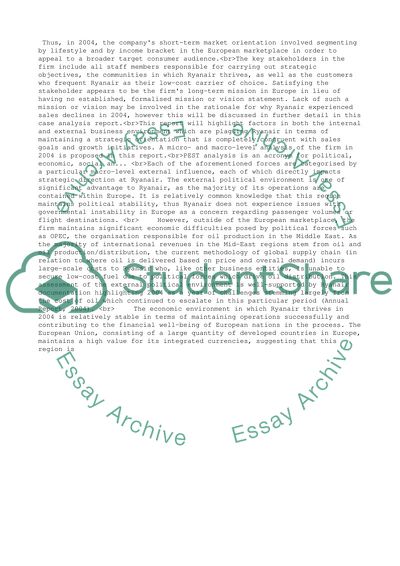Cite this document
(“Case Analysis on Ryan Air Study Example | Topics and Well Written Essays - 2750 words”, n.d.)
Retrieved from https://studentshare.org/business/1530724-case-analysis-on-ryan-air
Retrieved from https://studentshare.org/business/1530724-case-analysis-on-ryan-air
(Case Analysis on Ryan Air Study Example | Topics and Well Written Essays - 2750 Words)
https://studentshare.org/business/1530724-case-analysis-on-ryan-air.
https://studentshare.org/business/1530724-case-analysis-on-ryan-air.
“Case Analysis on Ryan Air Study Example | Topics and Well Written Essays - 2750 Words”, n.d. https://studentshare.org/business/1530724-case-analysis-on-ryan-air.


